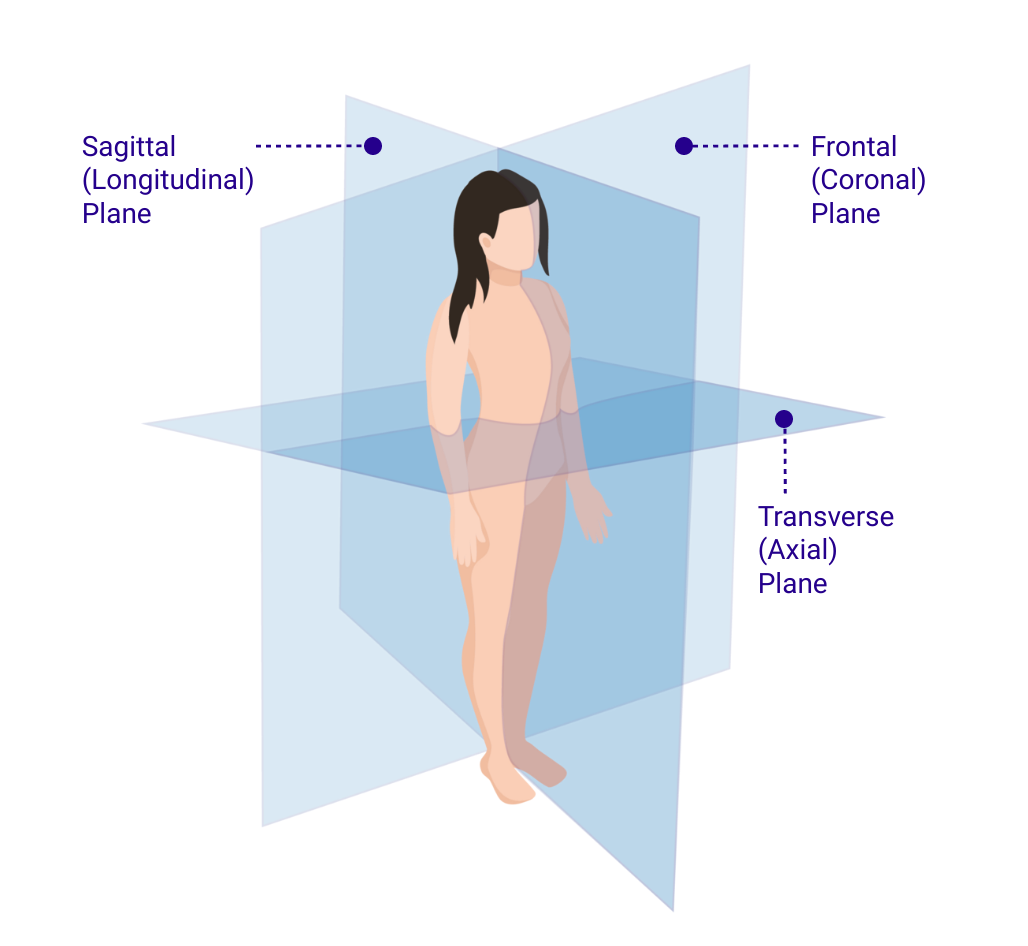Science Study Guide for the TEAS
Page 1
General Information
With the latest version of the ATI TEAS, there have been some changes from the previous edition. The smallest change to the TEAS 7 Science section involves the time and number of questions. You’ll now have three fewer questions (50 instead of 53 on the TEAS 6) and 60 minutes in which to complete them (versus 63 minutes on the TEAS 6). There are a total of six “pre-test” questions that are not scored, but you will not know which ones these are.
The content of the TEAS 7 Science section has undergone a far more substantial change. This new version contains specific sections about chemistry and biology, and the old section on life and physical sciences has been removed. The sections on human anatomy and physiology and scientific reasoning remain. However, to make room for the questions regarding chemistry and biology, the number of questions about anatomy and physiology has been cut nearly in half.
Here are the sections and their corresponding number of scored questions:
- Human Anatomy and Physiology—18
- Biology—9
- Chemistry—9
- Scientific Reasoning—9
Types of Questions
If you take the TEAS 7 online, you will notice that a few of the questions in each section are presented differently, and there is a slightly different procedure required to answer them. These are not typical multiple-choice/four-choice questions. For a peek at these new question types, you can check out our explanation of question types. You’ll find it under the second heading of the page linked here.
Human Anatomy and Physiology: The Basics
Despite the reduction in the number of questions in this area, the largest portion of the Science section of the ATI TEAS still concerns the human body. This may include questions regarding the gastrointestinal system and human metabolism as well as more complex ones that require you to identify the bodily system responsible for reproductive function, hormone output, or the body’s electrical impulses. The questions may cover muscles and body functions, ranging from the purpose and parts of the heart to those of the abdominal muscles. To prepare for these questions, study all aspects of the body and its systems.
The Human Anatomical Orientation
Communicating specific information about the body must begin with using a universal system of directional terms to eliminate confusion. This section contains the standards used in anatomy and the medical profession to communicate directions and positions on the body. Understanding these terms is an essential part of the study of anatomy.
Anatomical Position
If a person is standing upright and facing forward, with their arms by their side, palms facing forward, and fingers pointing down, they are in the resting pose. Many terms in anatomy will refer to the position of body parts in relation to this standard pose.
Anatomical Planes

To help in understanding anatomy, the human body is discussed in three planes: the coronal, sagittal, and transverse (or horizontal). These planes represent three ways of dividing the body in half. The coronal plane separates the front and back (or anterior/ventral and posterior/dorsal) halves, the sagittal plane separates the left and right halves, and the transverse plane separates the top and bottom (or inferior and superior) halves.
Anatomical Direction
Directional terms in anatomy describe where structures are located in relation to each other. Superior is toward the head, or higher, inferior is away from the head, or lower. Anterior or ventral is toward the front of the body, and posterior or dorsal is toward the back of the body. The next set of terms tell us how close structures are relative to each other. Structures close together are proximal while those farther apart are distal. Lateral refers to structures toward the right or left sides, while medial refers to the middle. Finally, superficial is used to describe structures nearer the surface of the body, while deep is used for structures farther inside the body.
Anatomical Regions
The body is subdivided into various regions. These include the head, neck, torso, upper extremities, and lower extremities. The torso, or trunk, can be further divided into the thorax (chest area), the pelvis (hips), and abdomen (between the chest and the hips). Upper extremities include the arms and hands, and the lower extremities include the legs and feet.
All Study Guides for the TEAS are now available as downloadable PDFs